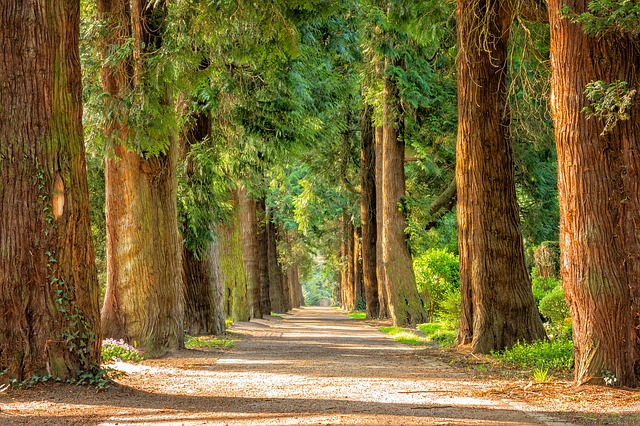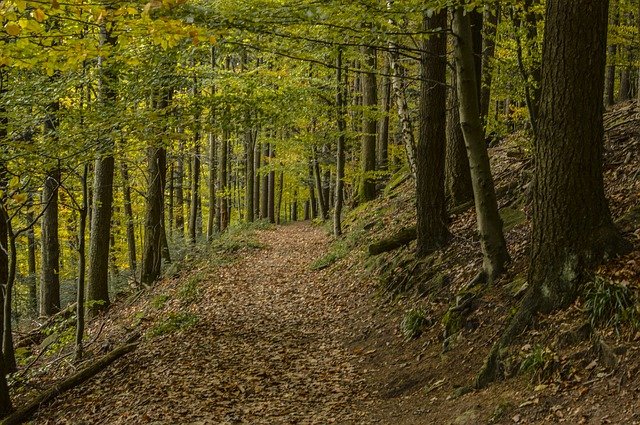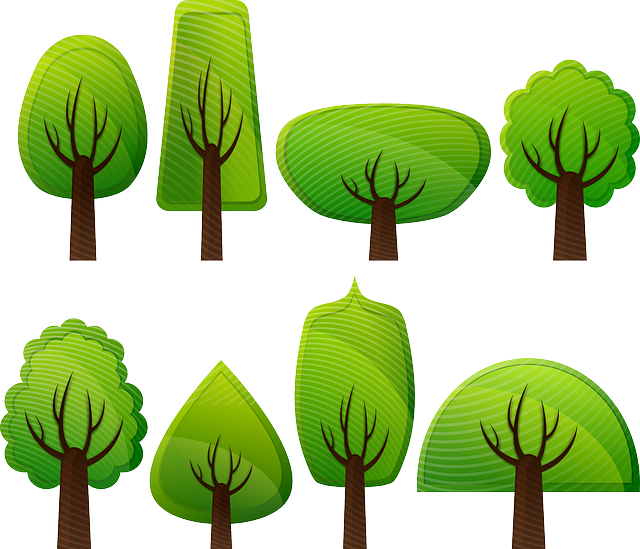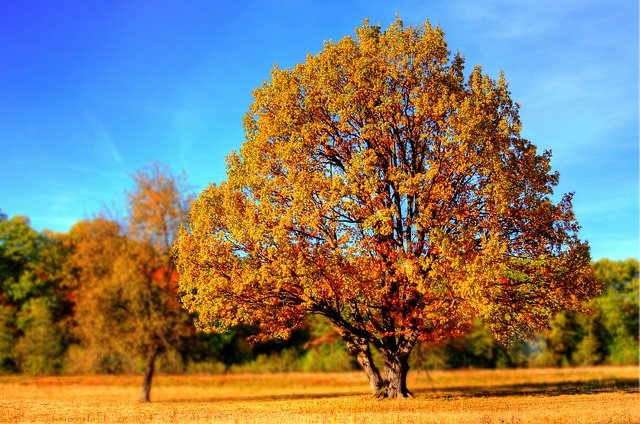Wood - from the mysteries of the element that led our evolution
Wood is a multi-purpose material, in many cases still irreplaceable and frequently used as a raw material for furniture and interior decoration. In this situation we find it either in its natural structure (solid wood) or in the form of wood-based semi-finished products (veneer, plywood, panel, chipboard, wood fiber board).

photo source: https://pixabay.com
It comes from perennial woody plants, made up of lignin-containing cells, which increases mechanical strength and stability. Annually, these plants grow both in height and in diameter and find them in the form of trees (a stem, over 5m tall, and a crowned branch, with total heights over 7m, at great ages, 150-200 years, can reach 1m in diameter and 50-100m in height), shrubs (several stems without a distinct crown, with heights of about 8m), subarbutists (woody plants with heights up to 1m) and woody lianes. An ensemble of trees, raised on a large area of land, forms forests.

photo source: https://pixabay.com
As they appear, forests can be:
- natural (they are born, develop and perpetuate according to the conditions of nature)
- cultivated (develop and maintain through human action)
According to the region of the world in which it is formed, we have:
- northern and high altitude forests, whose essences are sparkling, short, dampened by the weather;
- Medium altitude forests (600-1200m) dominated by fir and spruce (30-40m, spruce reaching up to 60m and being the highest in our country), but also other softwoods and deciduous trees, especially beech;
- Mediterranean forests, where pine forests or oak forests predominate;
- forest forests, characterized by the presence of leaves with oblong leaves (falling every year);
- Equatorial forests, containing essences of different species of persistent leaves, with heights of 15-40m and of small diameter.
According to the type of trees that make up the forest, we distinguish:
- soft woods, which are mostly dominated by fir, spruce, pine, larch etc. along with deciduous, less numerous, such as birch, willow, poplar etc .;

hardwoods (summer) with leaves that fall in winter, which contain the main essences like beech, oak, and secondary essences like maple, birch, chestnut, ash, walnut, lime, elm etc .;
- deciduous (winter) forests with summer fall leaves in southern hemisphere regions (India, Java, etc.); - laurel and persistent leafy forests, growing in regions with warm summers and mild winters and rich in precipitation (China, Gulf of Mexico, Mediterranean Sea, etc.) and laurel (2m high shrub with persistent leaves, glossy, spiny-toothed, with small flowers and red fruits), olive, oak, etc .; - tropical and subtropical forests, where there are hanging plants, creepers, shrubs, grasses that are difficult to penetrate. In our country, forests are made up of approx. 70 forest species, due to climatic and earth conditions. Most of them are deciduous, about. 75% (beech, oak, walnut, birch, poplar, elm, willow, lime, maple, ash, alder, hornbeam, acacia, maple etc.) Austrian, Pembrokeshire, Duglas and yew).

photo source: https://pixabay.com